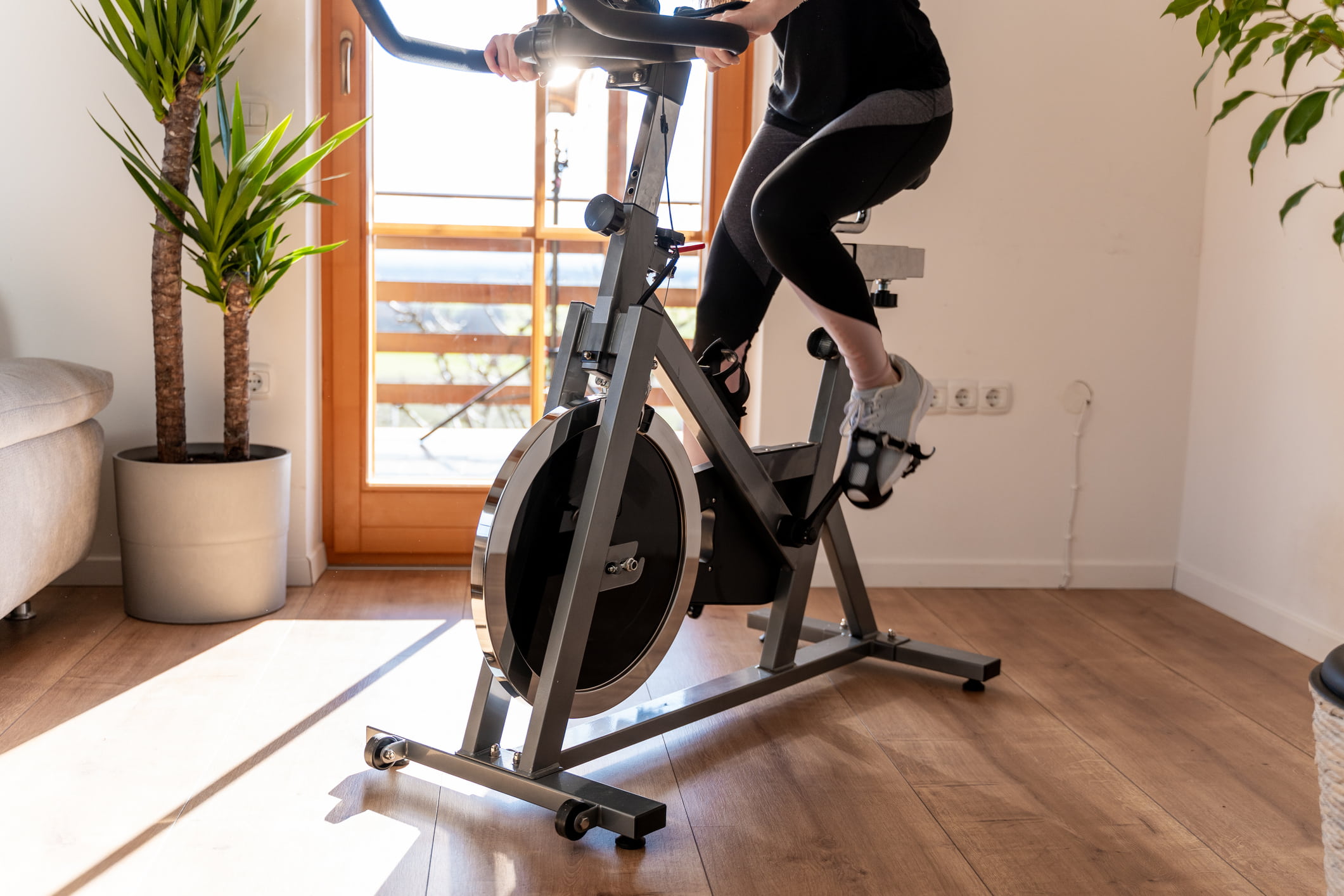With high housing demand and low inventory driving home prices up, more aspiring homebuyers are squeezed out of the housing market and left to stay where they are—renting. They are joined by workers looking for a place of their own as they move out of shared space after gaining confidence in an improving economy and better job market.
This has led to an increased demand for rental homes, with apartment occupancy hitting a record-high of 96.9% last July. Apartment List also reports an 11.4% increase in national median rent in the first six months of this year, the fastest growth in pre-pandemic rent prices since 2017.
If you’re a rental property owner, this may signal good news for you. You can look forward to low vacancies and improved rental income compared to year-ago levels. Here are tips on how to set a competitive rental price to help you effectively take advantage of these opportunities.
Benchmark with Comparable Units
Check out the nearby competition and see how much others are asking for properties similar to yours. Browse local listings using tools like Zillow, Rentometer, and Poplar Homes. Take note of both the listed rent price and rent estimates such as Zillow’s Zestimate or Poplar Homes’ rent estimate report. Look for listings that have similar amenities and features as yours, such as the number of bedrooms and bathrooms, property size, and amenities.
You’ll want to try your best and find properties within the same neighborhood or at a maximum, 3-5 miles away. Get the rent price range and compute the average. While you have the option to price your property higher than average to get more profit, it could discourage prospects from considering your listing, resulting in longer vacancy periods.
Factor In New Amenities

You might have improved the amenities in your property based on renter needs and demands that emerged at the height of the pandemic. These could be new appliances, fast fiber internet connectivity, dedicated workstations for remote workers, or other amenities that have value for those who work from home. If you invested money into these upgrades, then these are worth considering when setting your rent price.
Check State Rental Laws
Laws concerning rent control or price ceilings can differ from city to state and can change constantly, especially in the aftermath of this pandemic. Check if your rental rates follow the current legal limits set by your city or state, such as monthly rent, security deposits, and late fees. This is to avoid any violation which may put you in legal trouble in the future.
Consider the Season
As demand for rental homes changes with the seasons, so does the rent price. With nicer fall weather and school break during summer, these months are considered the best time to look for a new home. Because demand is higher during these seasons, rent prices are also higher.
People avoid moving during the cold season, hence there is less demand and lower rent prices during winter. The seasonal rent trends may vary from city to city and state to state, so do your homework before coming up with a rent price.
If you must lease your property in Winter months, you may set yourself up for a higher rent potential if you find a tenant willing to sign a 15-18 month lease because then the lease end date would fall closer to the higher demand, higher-priced rental season.
Understand value and price relationship
Location is largely agreed upon as the most important factor that impacts rental rates. Homes near schools, parks, hospitals, mass transit, and business hubs, are in greater demand and therefore can command higher rents. A large property with more bedrooms and bathrooms can also yield a higher rent, including those with useful amenities like parking, balcony or patio, fitness area, or entertainment space.
Allowing pets is also a great way to add value to your property and attract renters who are pet owners. Zillow’s research shows that nearly 46% of the rental market has pets–most of the time being dogs.
The rule of thumb is the more value your home offers to renters, the higher the rent you can charge. Just don’t go overboard to avoid pricing yourself out of the market.
Get Help from Experts
Yes, pandemic-era rent rates are now gone and current prices continue their upward trajectory, tempting rental owners to join the bandwagon of high rental rates. But knowing what is too high or too low in the current market is easier said than done.
A good option, if you don’t have the time to watch all the market movements, is to work with a real estate professional who knows the ins and outs of the industry, especially during these times when the market can be volatile. You’ll feel more confident and secure about your pricing knowing that an expert is helping ensure your rent is neither below nor over market rates.
Final Thoughts
Setting the right rental price can be tricky. Pricing lower than the market might not give you the best prospects, while pricing too high will not yield enough interest to fill in your vacancy, making you lose rental income. A property management expert like Poplar Homes can easily help you set the right rent to avoid long-term vacancy.
As a PropTech company, we use data and expert insights into the market to help you find that sweet spot—the fair market price that will maximize your rental profits. Try our free Rent Estimate and get insightful advice that will lead your rental business to success.
Recent Comments